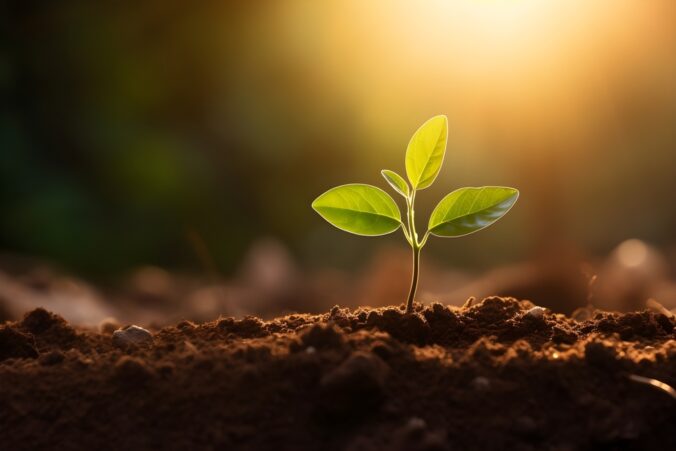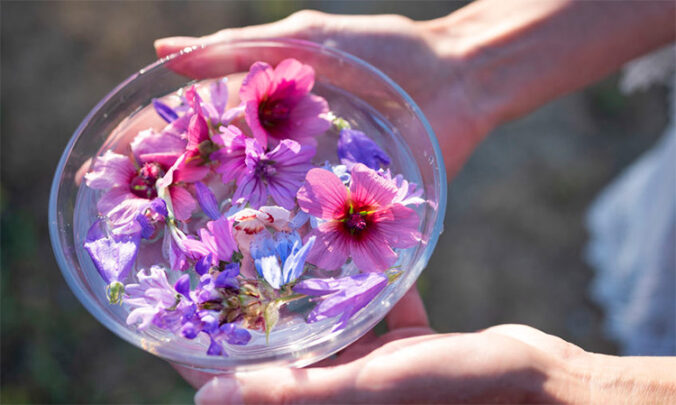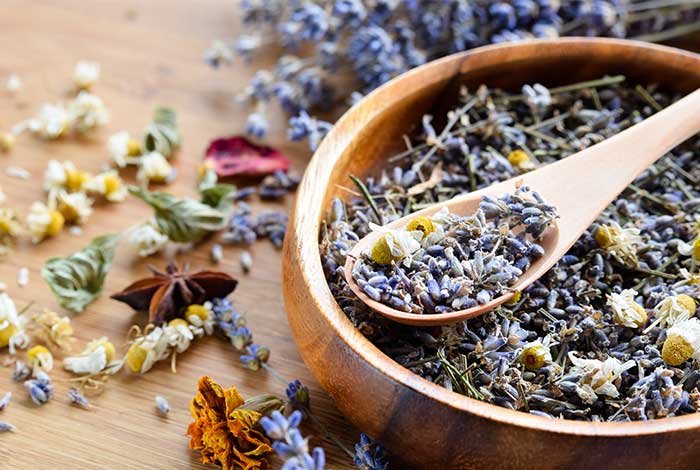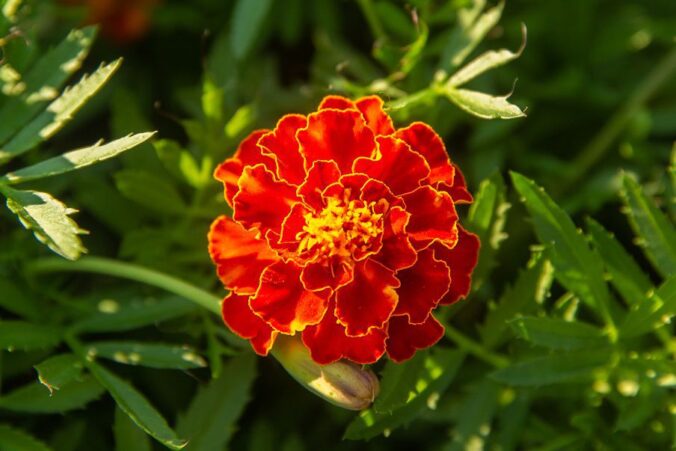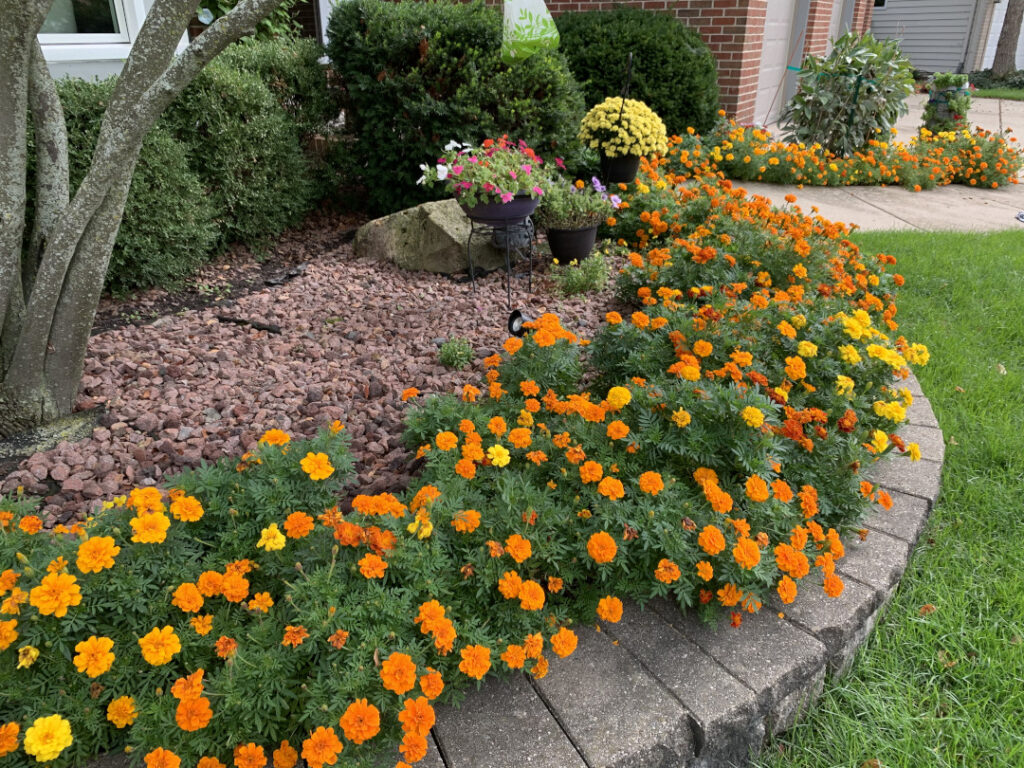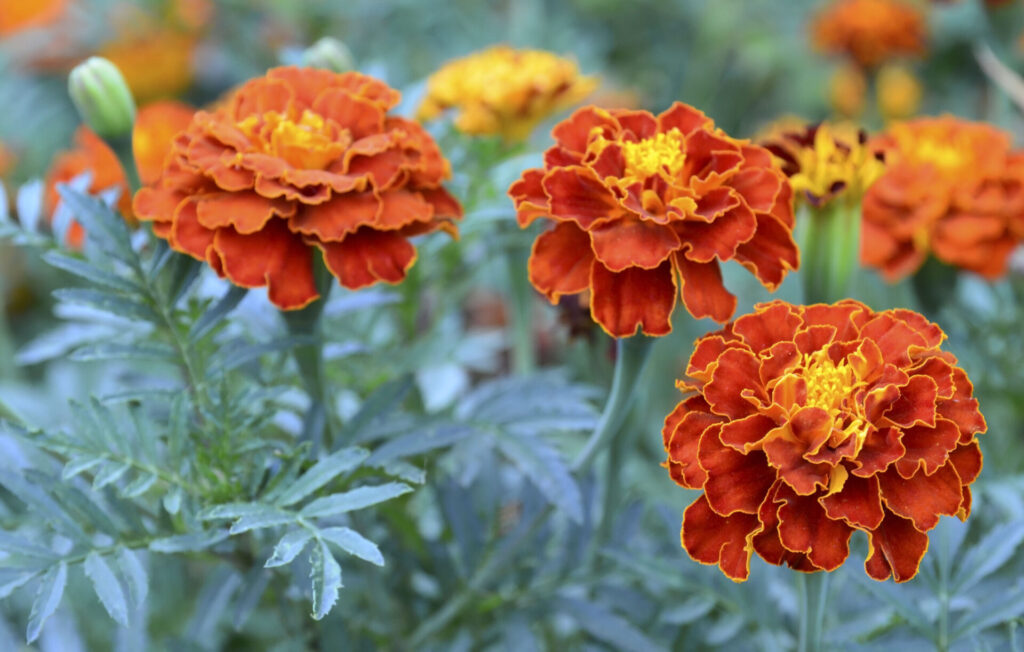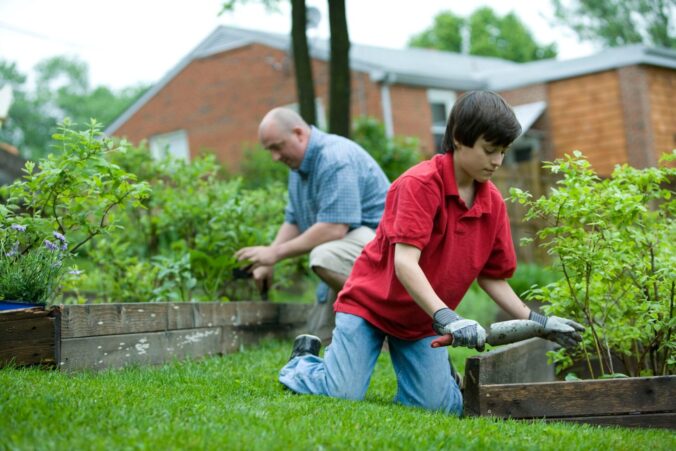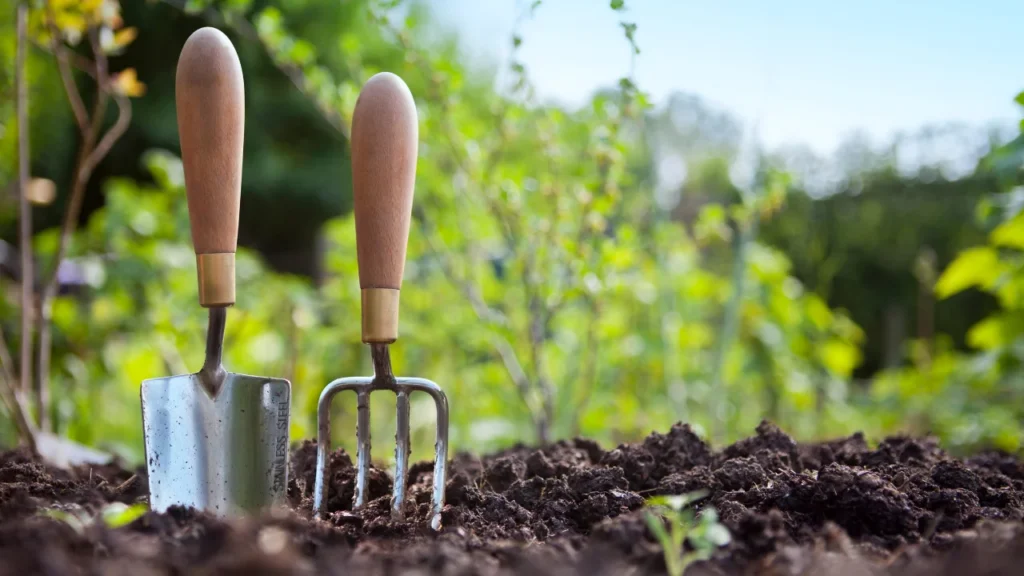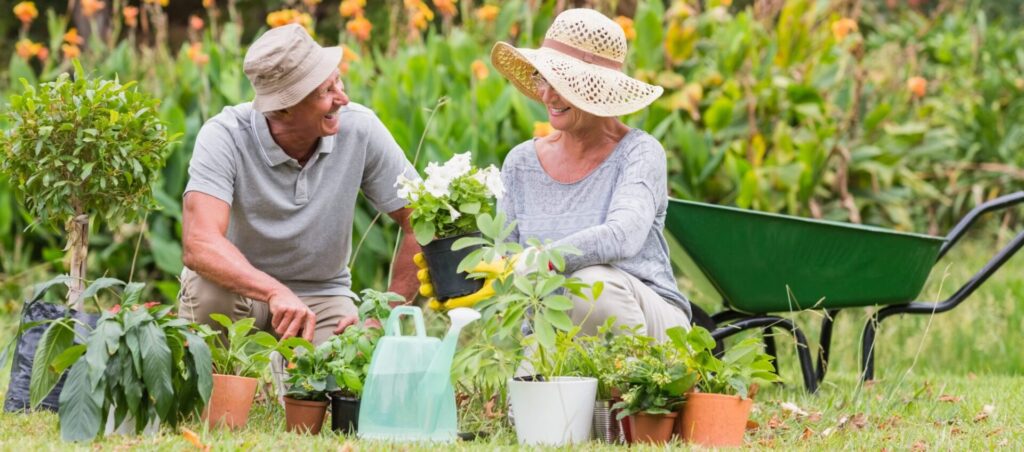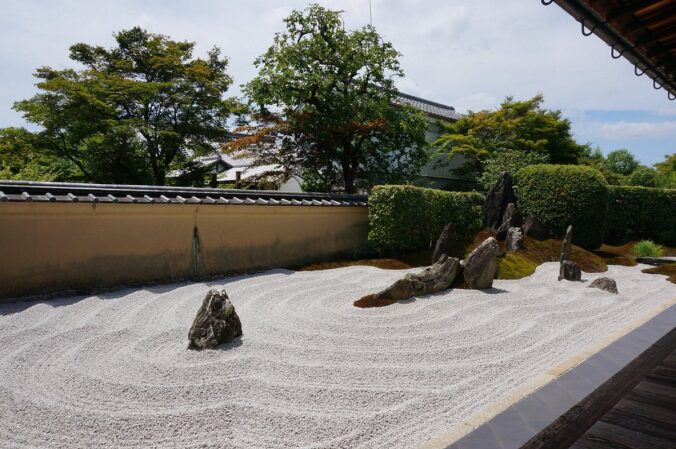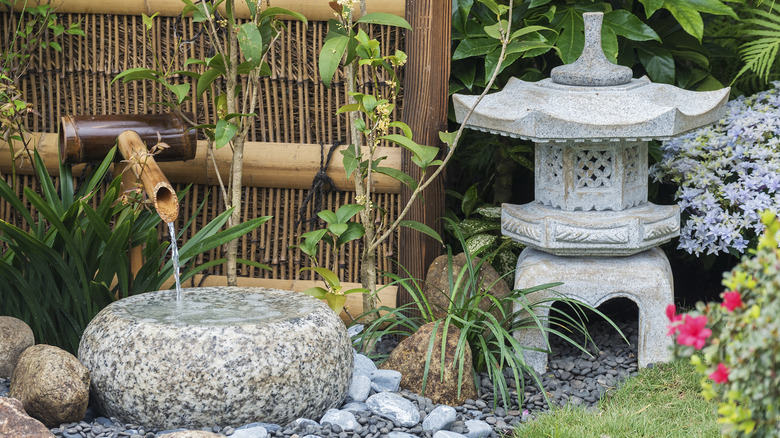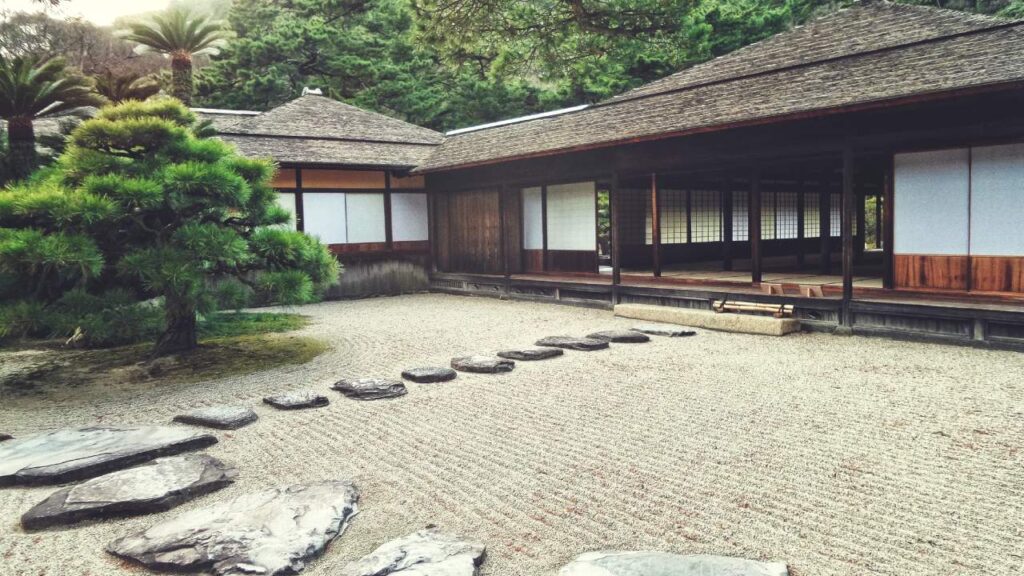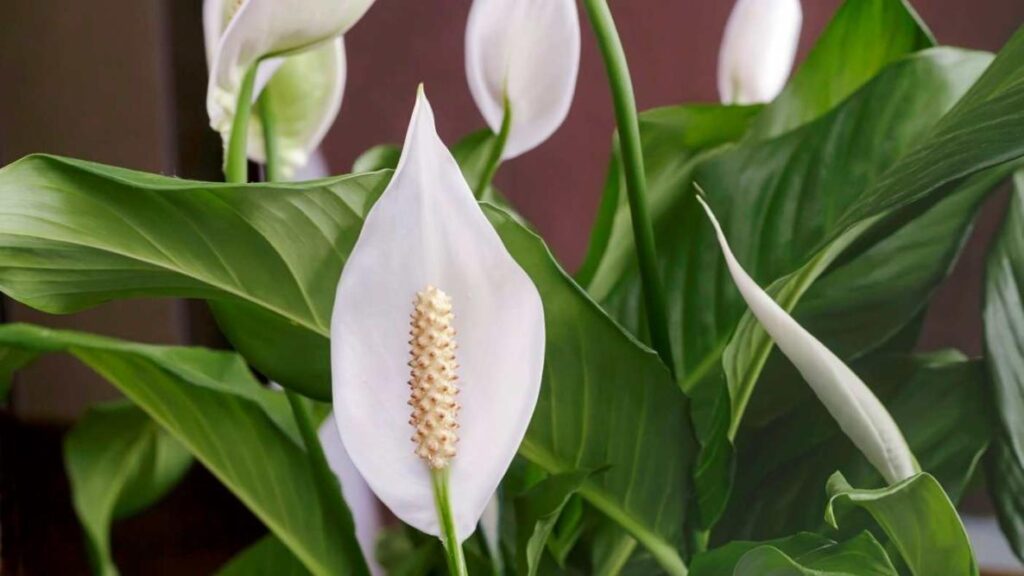In recent years, the notion that plants possess some form of intelligence has gained traction in the scientific community. While traditional views have long held that cognition is the exclusive domain of animals, emerging research suggests that plants might exhibit a range of cognitive abilities. These findings challenge our understanding of intelligence and cognition, opening up new perspectives on the capabilities of flora.
Understanding Plant Intelligence
Plant intelligence refers to the ability of plants to perceive, process, and respond to their environment in ways that enhance their survival and reproduction. This concept does not imply that plants possess a brain or nervous system like animals, but rather that they have evolved sophisticated mechanisms to interact with their surroundings.
Sensory Perception in Plants
Plants have developed an array of sensory capabilities that allow them to detect and respond to various stimuli. These sensory perceptions include:
- Light: Plants use photoreceptors to detect light intensity, direction, and quality. This ability enables them to optimize photosynthesis by orienting their leaves toward the light source, a process known as phototropism.
- Gravity: Through gravitropism, plants sense gravity, allowing roots to grow downward and shoots to grow upward. Specialized cells called statocytes contain dense starch grains that settle under gravity’s influence, guiding growth direction.
- Touch: Thigmotropism is the response to mechanical stimuli such as touch. For instance, climbing plants use touch to find and wrap around supports.
- Chemicals: Plants can detect chemicals in their environment, such as nutrients in the soil or volatile compounds released by other plants or herbivores. This capability helps them optimize nutrient uptake and mount defensive responses.
Communication Among Plants
Plants communicate with each other and other organisms through a variety of mechanisms. This communication is essential for coordinating responses to environmental challenges and optimizing growth.
- Chemical Signals: Plants release volatile organic compounds (VOCs) into the air as a form of chemical signaling. These compounds can attract pollinators, repel herbivores, or signal distress to neighboring plants, prompting them to bolster their defenses.
- Root Exudates: Plants secrete various chemicals through their roots, influencing soil microorganisms and neighboring plants. These exudates can facilitate nutrient uptake, inhibit the growth of competing plants, or promote symbiotic relationships with beneficial microbes.
- Electrical Signals: Plants generate electrical signals in response to environmental stimuli. These signals can propagate through the plant, triggering physiological changes. For example, the sensitive plant Mimosa pudica rapidly closes its leaves when touched, a response mediated by electrical signaling.
Cognitive Abilities and Problem-Solving
Research has shown that plants can exhibit behaviors that suggest problem-solving abilities and a form of memory.

These capabilities are not cognitive in the traditional sense but demonstrate a level of complexity that warrants consideration.
Memory and Learning
Plants appear to have a form of memory that allows them to “learn” from past experiences. For example, experiments with the Venus flytrap have shown that it requires multiple touches to trigger closure, which prevents wasting energy on non-prey stimuli. This suggests that the plant “remembers” the initial touch and waits for a confirmation signal before reacting.
Another study involving the common garden pea demonstrated that plants could learn to associate light with the presence of support structures. When trained to associate a light source with a stake, the peas grew toward the light even when the stake was removed, indicating a form of associative learning.
Adaptive Behavior
Plants exhibit adaptive behaviors that enhance their survival in dynamic environments. This adaptability is a hallmark of intelligent behavior.
- Resource Allocation: Plants can allocate resources dynamically based on environmental conditions. For instance, they can prioritize root growth when soil nutrients are scarce or direct more resources to flower production under favorable conditions.
- Defensive Strategies: When under attack by herbivores, plants can produce defensive chemicals or reinforce their physical structures. Some plants even release VOCs that attract predators of the herbivores, effectively enlisting help in their defense.
The Role of Root Systems
Root systems are crucial to plant intelligence, functioning as both sensory organs and communication hubs. The complex architecture of root networks enables plants to explore their environment, detect resources, and interact with other organisms.
Nutrient Foraging
Roots exhibit remarkable foraging behavior, growing toward nutrient-rich zones in the soil.

This growth is guided by a combination of chemical gradients and environmental cues. Studies have shown that roots can distinguish between different types of nutrients and prioritize their growth accordingly, optimizing nutrient uptake.
Root Communication
Roots communicate with each other through chemical signaling, allowing plants to coordinate their growth and behavior. For example, some plants can detect the presence of kin through root exudates and adjust their growth patterns to minimize competition. This kin recognition suggests a level of social interaction and cooperation among plants.
The Debate on Plant Consciousness
The idea of plant consciousness is controversial and remains a topic of intense debate among scientists. While plants exhibit complex behaviors and communication, equating these abilities with consciousness is contentious.
Arguments for Plant Consciousness
Proponents argue that plants’ sophisticated responses to their environment and their ability to communicate and adapt suggest a form of consciousness. They point to the complex signaling networks and the ability to process information as evidence that plants possess a rudimentary form of awareness.
Skeptical Perspectives
Skeptics contend that plant behaviors, while impressive, are fundamentally different from animal cognition. They argue that plant responses are purely mechanistic, driven by biochemical processes without any subjective experience or awareness. According to this view, attributing consciousness to plants anthropomorphizes their behaviors and overstates their cognitive abilities.
Implications for Agriculture and Conservation
Understanding plant intelligence has profound implications for agriculture and conservation. By leveraging plants’ natural abilities, we can develop more sustainable and efficient farming practices and better strategies for ecosystem management.
Precision Agriculture
Insights into plant behavior and communication can enhance precision agriculture, a farming approach that optimizes inputs such as water, fertilizers, and pesticides. By understanding how plants respond to different environmental conditions, farmers can tailor their practices to improve crop yields and reduce resource use.
Sustainable Practices
Recognizing the sophisticated interactions within plant communities can inform sustainable agricultural practices. For instance, companion planting, which involves growing complementary plant species together, can enhance soil health, reduce pest pressures, and improve crop productivity by mimicking natural ecosystems.
Conservation Efforts
In conservation, understanding plant intelligence can aid in the preservation and restoration of ecosystems. By appreciating the complex relationships within plant communities, conservationists can design interventions that support biodiversity and ecosystem resilience. This knowledge can also guide the selection of plant species for restoration projects, ensuring that introduced species can integrate effectively with existing flora.
Future Directions in Plant Research
Ongoing research continues to uncover new dimensions of plant intelligence, pushing the boundaries of our understanding. Several promising areas of study include:
Plant Neurobiology
Plant neurobiology explores the parallels between plant signaling networks and animal nervous systems. This field investigates how plants process information and coordinate responses, providing insights into the fundamental principles of biological intelligence.
Genetic and Molecular Studies
Advances in genetics and molecular biology are revealing the mechanisms underlying plant behavior and communication. By identifying the genes and molecular pathways involved, researchers can manipulate plant traits to enhance their adaptive capabilities and resilience.
Interdisciplinary Approaches
Integrating perspectives from ecology, neuroscience, and artificial intelligence can lead to a deeper understanding of plant intelligence. Interdisciplinary research can uncover novel strategies for harnessing plant capabilities in various applications, from agriculture to bioengineering.
Conclusion
The concept of plant intelligence challenges traditional notions of cognition and invites us to reconsider the boundaries of intelligence. While plants do not possess brains or consciousness in the same way animals do, their ability to perceive, process, and respond to their environment demonstrates a remarkable level of sophistication. By studying these abilities, we can gain new insights into the complexity of life and develop innovative approaches to agriculture, conservation, and beyond. The exploration of plant intelligence not only enriches our scientific understanding but also deepens our appreciation for the intricate and dynamic world of flora.

